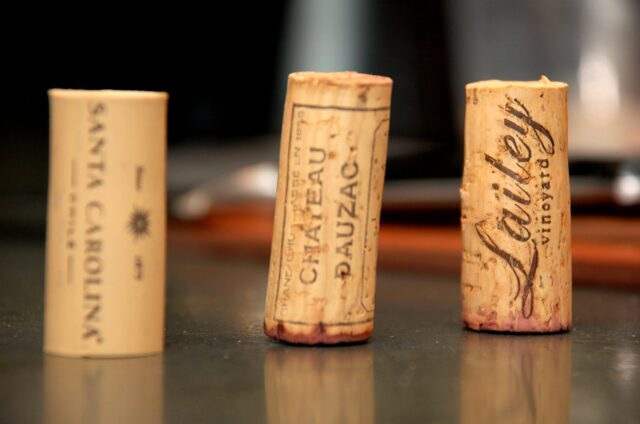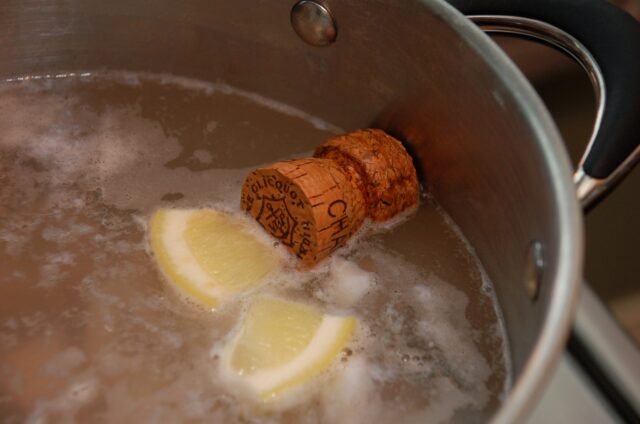The “cork-in-the-squid-water” myth

I had some excellent calamari fritti at Janet Lynn’s Bistro in Belmont Food Avenue this week. It was exquisite in that the light breading was very crisp and the squid rings perfectly cooked with the slightest of toothsomeness inside.
It’s served with a mildly spicy aioli and some greens with Asian spicing.
A relatively simple dish to prepare, a good plate of calamari requires a deft hand to get it together like that.
It got me thinking about the technique and the hoary old myth that has been bobbing around that it’s a good idea to plop a wine cork into boiling water in which squid is being cooked.

It has seemed to hold some truth among a number of different kitchens of the world that as they prepare calamari dishes a cork in the water prevents the squid from becoming “rubbery,” the term usually applied to squid that has been overcooked.
There is little rationale for the myth other than someone proclaiming, “My Nonna did it in her cucina.”
It’s a pretty sure bet that JLB doesn’t use cork to cook their calamari.

But just so you know, I have done an experiment to test the myth. Using real and man-made corks, and trying to keep it as “scientific” as possible, I boiled off a few batches of squid.
I then sampled each batch of squid—including one that was cooked sans cork—and found no difference in the tenderness of the calamari.

Drink the wine while you’re cooking your squid — toss the cork to recycling.


